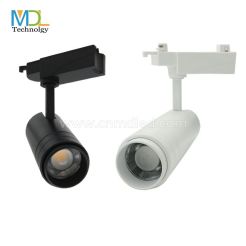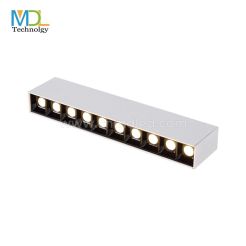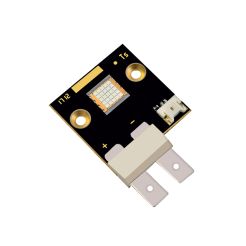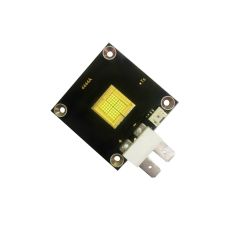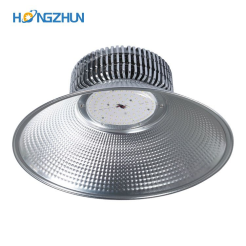Ir Led Chip
An IR LED chip is a semiconductor device that emits infrared radiation when an electrical current is applied to it. "IR" stands for infrared, which is a type of electromagnetic radiation that has a longer wavelength than visible light.
Product Description
An IR LED chip is a semiconductor device that emits infrared radiation when an electrical current is applied to it. "IR" stands for infrared, which is a type of electromagnetic radiation that has a longer wavelength than visible light. IR LED chips are commonly used in applications such as remote controls, security systems, and communication systems, where the ability to transmit signals wirelessly is important.
The basic structure of an IR LED chip includes a semiconductor material such as gallium arsenide or aluminum gallium arsenide that is doped with impurities to create a p-n junction. When a voltage is applied to the junction, electrons and holes are generated, and when they recombine, energy is released in the form of photons, including infrared radiation.
IR LED chips come in a variety of shapes and sizes, and can emit radiation at different wavelengths depending on the specific semiconductor material and the doping used. Some common wavelengths for IR LED chips include 850nm, 880nm, and 940nm. The choice of wavelength is important for specific applications, as different materials and objects absorb or reflect IR radiation differently at different wavelengths.
Uses for IR LEDS
Infrared (IR) LEDS are used in a wide range of applications where the ability to emit and detect infrared radiation is important. Here are some common uses for IR LEDS:
-
Remote Controls: IR LEDS are commonly used in remote controls for TVs, DVD players, and other electronic devices. The IR LED emits pulses of infrared radiation that are detected by a sensor in the electronic device, allowing the user to control the device from a distance.
-
Security Systems: IR LEDS are used in security cameras and sensors to detect motion and other activity in low light or nighttime conditions. The IR radiation emitted by the LEDS is not visible to the human eye, but can be detected by the camera or sensor to capture images or trigger alarms.
-
Communications: IR LED is used in optical communication systems such as fiber-optic communication networks. The IR radiation is used to transmit data over long distances by converting electrical signals into light signals.
-
Automotive: IR LEDS chip is used in automotive applications such as LiDAR (Light Detection and Ranging) and night vision systems. LiDAR systems use IR radiation to measure distances and detect objects, while night vision systems use IR radiation to improve visibility in low light conditions.
-
Medical: IR LEDS are used in medical devices such as oximeters, which measure the oxygen saturation in blood by shining an IR light through the skin and detecting the reflected light.
-
Industrial: IR LEDS are used in industrial applications such as sensors to detect temperature, pressure, and other parameters. IR LEDS can also be used in manufacturing processes such as drying and curing, where the heat generated by the IR radiation can be used to speed up the process.


